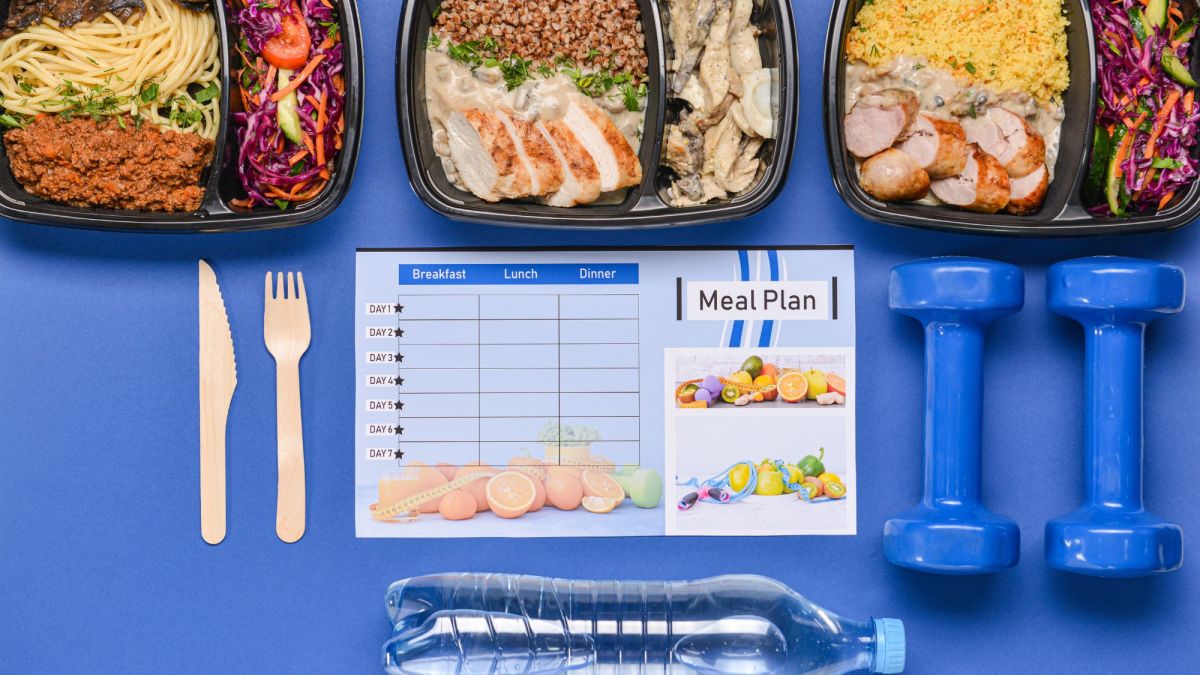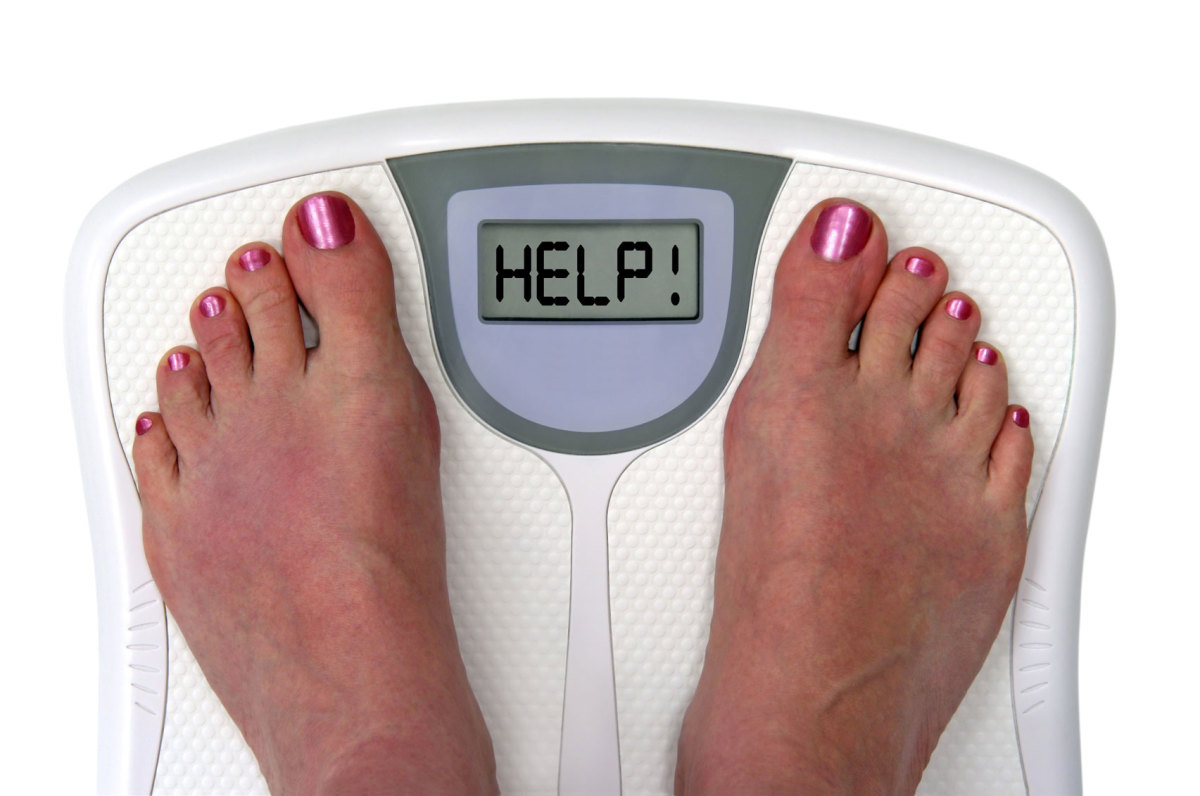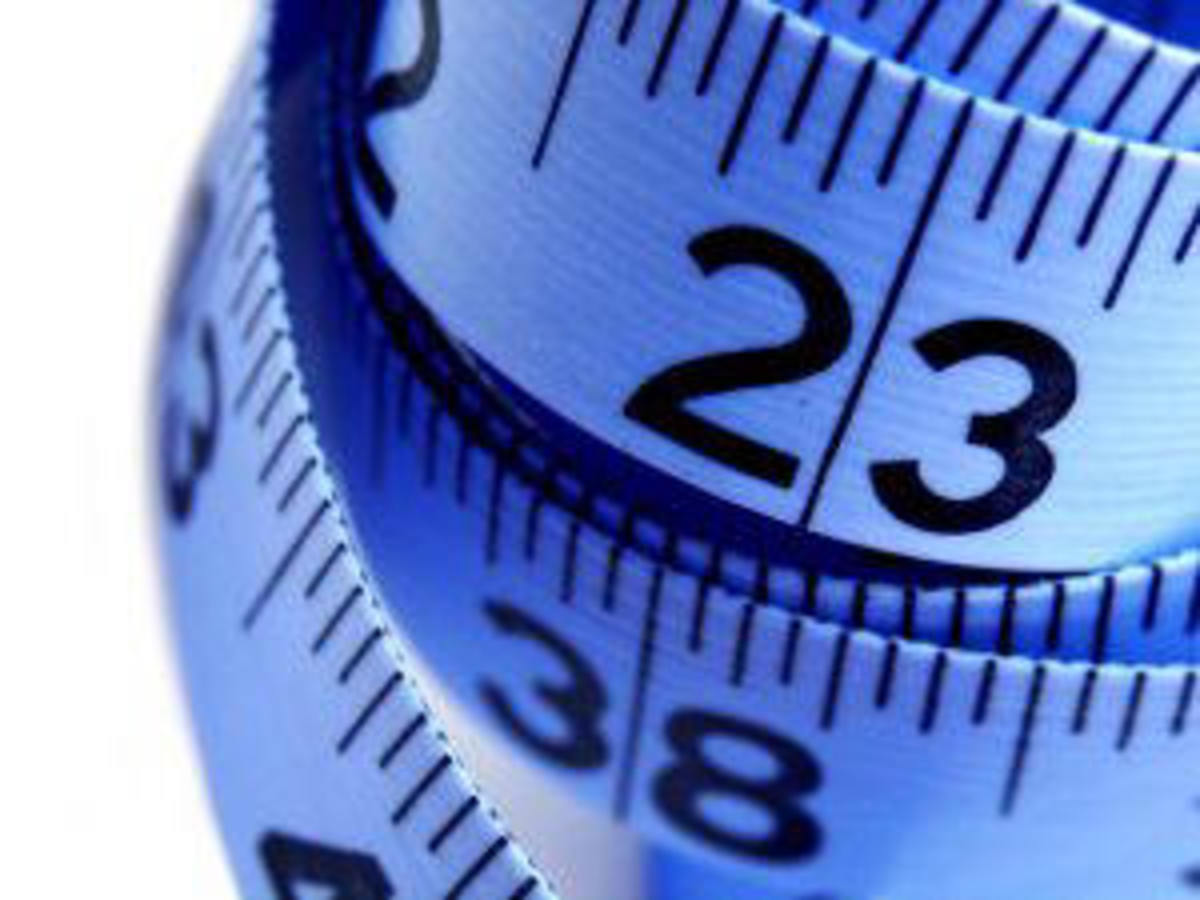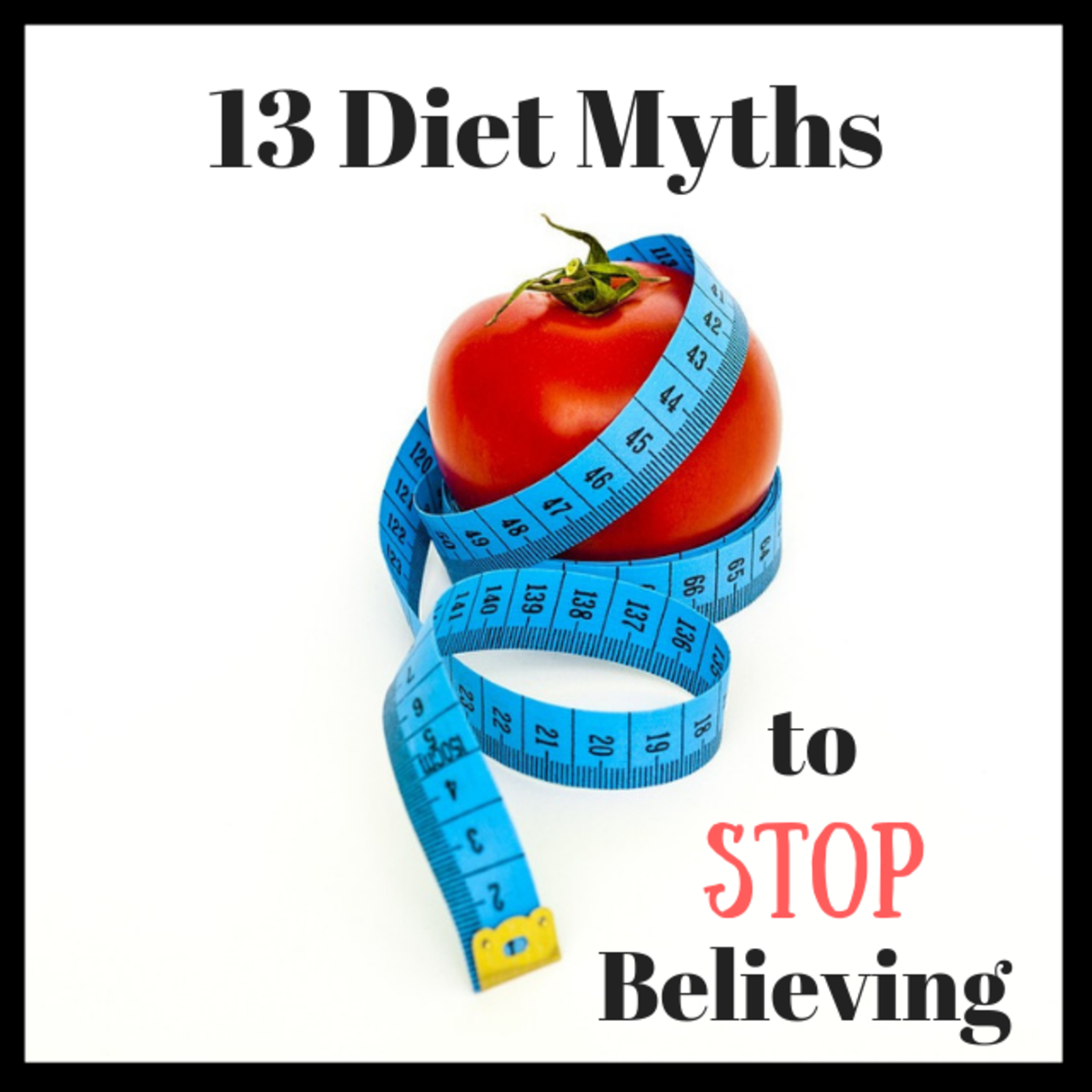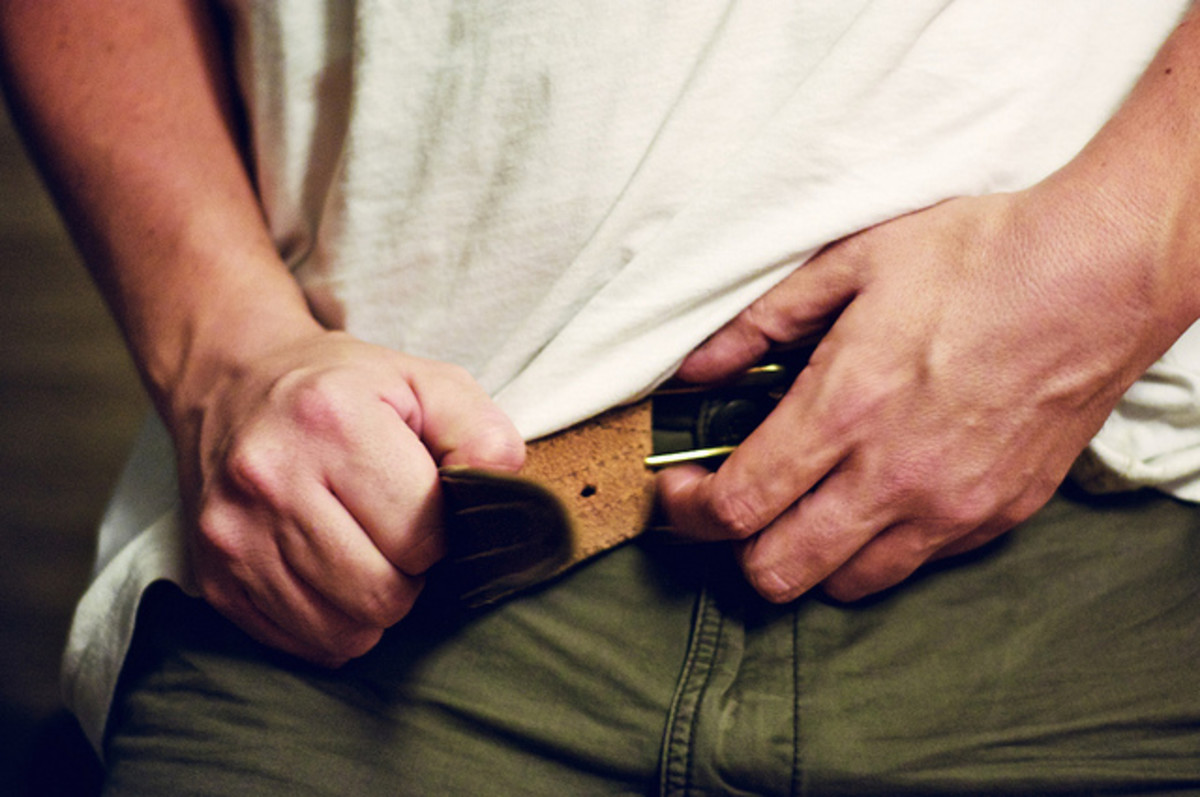- HubPages»
- Health»
- Diet & Weight Loss»
- Diet Advice & Tips
The Rubber Bag Diet
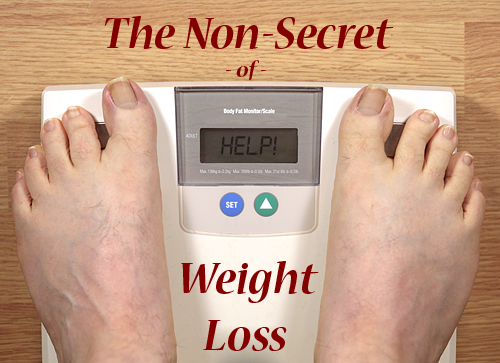
Introduction
Mediteranean Diet, Paleo Diet, Atkins Diet, DASH Diet, South Beach Diet, Military Diet, etc. There seems to be no limit to the number of fad diets. New ones come out all the time. Some of them help for a time. Some fad diets may actually be dangerous.
The purpose of this article is to explain some basics about how your body works. I'm not a doctor, so don't take any of this as medical advice. I have a technical background, first in electronics and then in computers. What I'm writing is based on the solid common-sense view of a tech.
The Rubber Bag
Think of your body as a giant rubber bag. Eating and drinking add to the contents of the bag. Waste elimination and energy use subtract from the bag. If what you add to the bag and subtract from the bag are in balance, the size of the rubber bag stays the same.
However, if the balance is off, the size of the bag (your body) changes. Eat more calories than you burn off and the bag grows to store the extra energy. Eat less than you burn off and the bag uses up stored energy and shrinks. It's that simple.
Inputs
The inputs to your rubber bag body include anything with calories that you eat or drink. Whether it's “good” food like fruit, vegetables, and lean meat or “bad” food like fast food burgers, fries, and candy isn't really important for weight purposes (although it is important for other health reasons). The fact that it contains calories and you're putting it into your body is all that matters.
Outputs
When you consume any food or liquid that contains calories, your body does several things. Your stomach and small intestine break the material down to their basic building blocks - fatty acids, amino acids, monosaccharides, and nucleotides.
They also absorb anything useful from it. Your large intestine pulls most of the water from what's left and extracts the few remaining nutrients.
Your body uses what it extracts to build new tissue, provide energy for immediate use, or store it for later. Anything that's left is eliminated in a way that we're all familiar with, but don't normally talk about in polite company.
Energy Storage
During the evolution of humans and other animals, food wasn't always readily available. There were times of plenty when food could be found all around, and times when food was scarce. Animals evolved the ability to store energy to make it through lean times. The energy is stored as fat in the body. This was a crucial development that allowed animals to survive.
Bodies built up fat when food was easy to find and broke it down to provide the energy when food was hard to find. Today, we still build up fat for lean times, but the lean times never come for most of us.
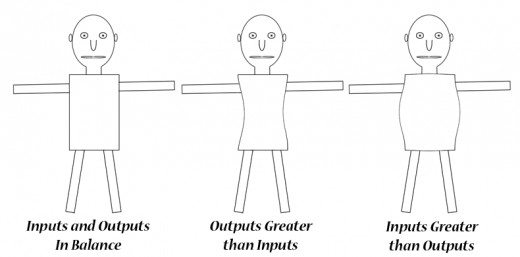
What About Water?
Water doesn't have any calories, but it does have weight – about 8 pounds for every gallon. Water doesn't stay around long. If you drink more water than normal, you'll probably make more frequent trips to the bathroom to eliminate that water. You may retain water for a while, but that's temporary. It tends to balance itself out. There are no calories for your body to convert to fat or other tissue.
Water is important for your body's normal processes. Don't skimp on water in an effort to lose weight.
The Weight Loss Secret
There really is no secret to losing weight. The way to do it is simple and obvious:
Eat fewer calories than you use.
That's it. For any diet of any kind to work, no matter how trendy or hyped up, you need to consume fewer calories than you use. It's as simple as that.
How Many Calories Do I Need?
Your body burns calories all the time. Even when you're sleeping, your body burns calories to maintain your body temperature, keep your heart and lungs working, digest food, etc. The number of calories you use for these basic functions is known as the Basal Metabolic Rate (BMR). It's how many calories you'd burn even if you slept the entire day.
Your BMR depends on several factors including your age, weight, height, and gender. You can find your approximate BMR by plugging in your numbers on this web site:
http://www.bmi-calculator.net/bmr-calculator/
For an example, if you're a 50 year-old man who is 5 foot 10 inches tall and weighs 175 pounds, your BMR is 1,705. That means that if you were confined to bed, you would still need 1,705 calories per day to maintain your current weight. Any less than that and you would lose weight; any more and you would gain weight.
Since it's unlikely that you're confined to bed, the actual number of calories you use in a day is higher. It depends on your level of activity. Consult the following table to get a better idea of your actual calorie requirements.
Activity Level
| Multiplier
|
|---|---|
Sedentary (little or no exercise)
| 1.2
|
Lightly active (light exercise 1-3 days per week)
| 1.375
|
Moderately active (moderate exercise 3-5 days per week)
| 1.55
|
Very active (hard exercise 6-7 days per week)
| 1.725
|
Extremely active (very hard exercise and physically demanding job)
| 1.9
|
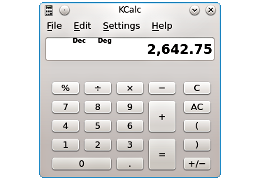
Calculating Your Calorie Needs
To use this chart, determine your activity level (be honest!) and find your multiplier. Then multiply your BMR by the multiplier. The result is the approximate number of calories you use in a day.
For example, if the 50 year-old man mentioned earlier has a desk job and goes home and sits on the couch after work, his calorie usage would be 1,705 x 1.2 = 2,046. On the other hand, if he has a moderate exercise routine that he uses 3-5 days per week, his calorie usage would be 1,705 x 1.55 = 2,643.
Eating Less
Now that you know how many calories you use, the next step is to eat less. How much less?
For years, dieticians have said that losing one pound of fat is equivalent to eating 3,500 fewer calories. Research shows this to be vastly oversimplified. The actual number can vary widely depending on the individual's current size, weight, and level of activity.
It is generally recommended that you reduce your daily calorie intake by 300-500 calories to lose weight at a healthy, sustainable rate.
Won't I Be Hungry?
Yes, you'll be a bit hungry at first. Feel good about it! In this case, hunger is progress. Keep in mind that you don't have to do this forever. Once you reach your desired weight, you can start eating more to maintain the balance of inputs and outputs. Continue monitoring your weight so you know when you need to cut back your eating a bit to stay at the weight you want.
A Few Tips
It's too easy to consume extra calories without realizing it. Here are some things to keep in mind:
-
Don't eat snacks directly from the container; you'll almost certainly eat more than intended. Take a reasonable serving and put the rest away before eating.
-
A 16-ounce non-diet Pepsi adds about 200 calories to your day. A 30-ounce soda is 380 calories. Plain water is healthier and doesn't pack in the calories.
-
Nuts are full of heart-healthy oils, but oils are full of calories. Those nuts contain about 175 calories per ounce, and who eats just ONE ounce?
-
When you find yourself reaching for a snack, ask yourself if you're snacking because of hunger or because of habit. Many of your daily calories are consumed out of habit. Try a glass of water to satisfy the habit.
-
Keep a log of everything you eat and drink. A 2008 study by the Kaiser Permanente Center for Health Research found that people who maintained a food log lost twice as much weight as the people in the study who did not record what they ate.
-
Keep a log of your weight. Don't be surprised to see it vary by a pound or two each day. That's mostly water coming and going. Be more concerned about the general trend over weeks rather than days. (If you don't mind using a little math, a 7-day rolling average is a good trend to watch.)
Exercise For Weight Loss
Exercise is very important for health, but it's a hard way to lose weight. If increasing your level of activity is the only action you take to lose weight, you're likely to have a long struggle ahead of you.
To demonstrate what I mean, assume you have a craving for lunch at McDonald's. According to the nutrition information on McDonald's web site, a Big Mac, large fries, and large Coke contain a total of 1,320 calories. How long would it take to work off those calories? These numbers assume you're the same 175 man mentioned earlier.
Activity
| Calories/Hour
| Big Mac Burn-Off Time
|
|---|---|---|
Walking (15 minutes/mile)
| 175
| 7 hours, 33 minutes
|
Bicycling (6 minutes/mile)
| 219
| 6 hours, 2 minutes
|
Stair Climber Machine
| 280
| 4 hours, 43 minutes
|
Running (7.5 minutes/mile)
| 534
| 2 hours, 28 minutes
|
Table Explanation
So, to burn off the calories in that Big Mac meal, you'd have to walk at a brisk pace continuously for 7 hours 33 minutes or run at a fast pace non-stop for 2 hours 28 minutes. Is that something you're prepared to do?
It would be far easier to simply choose a different meal. Instead of burning off those calories, don't consume them in the first place!
Conclusion
Your rubber bag body will expand, contract, or stay the same depending on the balance of calories consumed and calories used. It's a simple equation that applies to everyone. No fancy, fussy, trendy diet can get around that fact. Changing the amount you eat will help you reach your weight goal over time. Writing down everything you eat is a useful way to raise your awareness of your diet and has been shown to help with weight loss.
Be patient with yourself when it comes to weight loss. You may have spent years slowly becoming overweight. It will take time to get back to where you want to be.


